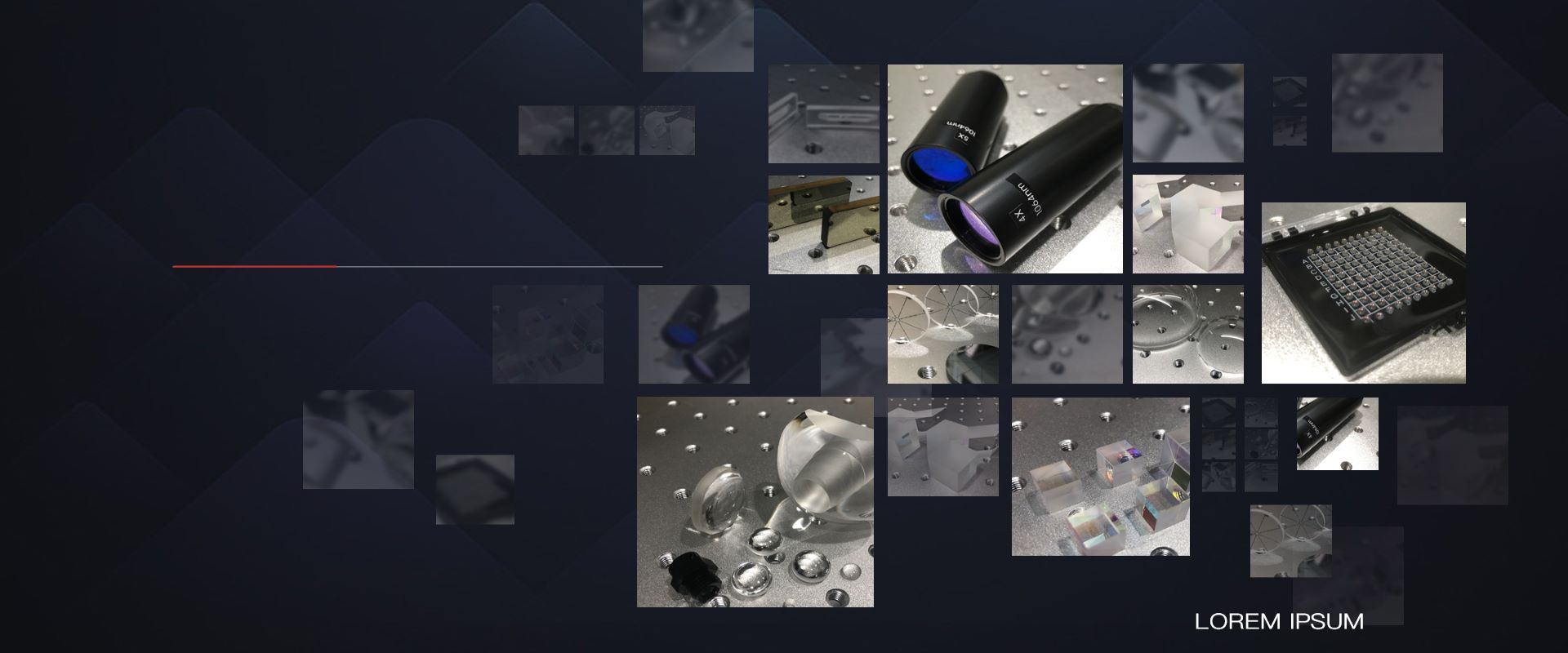Plano Concave Cylindrical Lens
cylindrical lens is a lens which focuses light into a line instead of a point, as a spherical lens would. The curved face or faces of a cylindrical lens are sections of a cylinder,
and focus the image passing through it into a line parallel to the intersection of the surface of the lens and a plane tangent to it. The lens compresses the image in the direction
perpendicular to this line, and leaves it unaltered in the direction parallel to it (in the tangent plane). In a light sheet microscope, a cylindrical lens is placed in front of the
illumination objective to create the light sheet used for imaging.
Cylindrical lenses have curvature in only one direction. They are used to focus light into a line, or to convert the elliptical light from a laser diode into a round beam.
Material are N-BK7 glass, UV fused silica, or CaF2,We also offer round versions of cylindrical lenses. Lenses are supplied uncoated. Anti-reflection coatings are available.
Please contact the Star Optic’s sales teams for more coating information.
